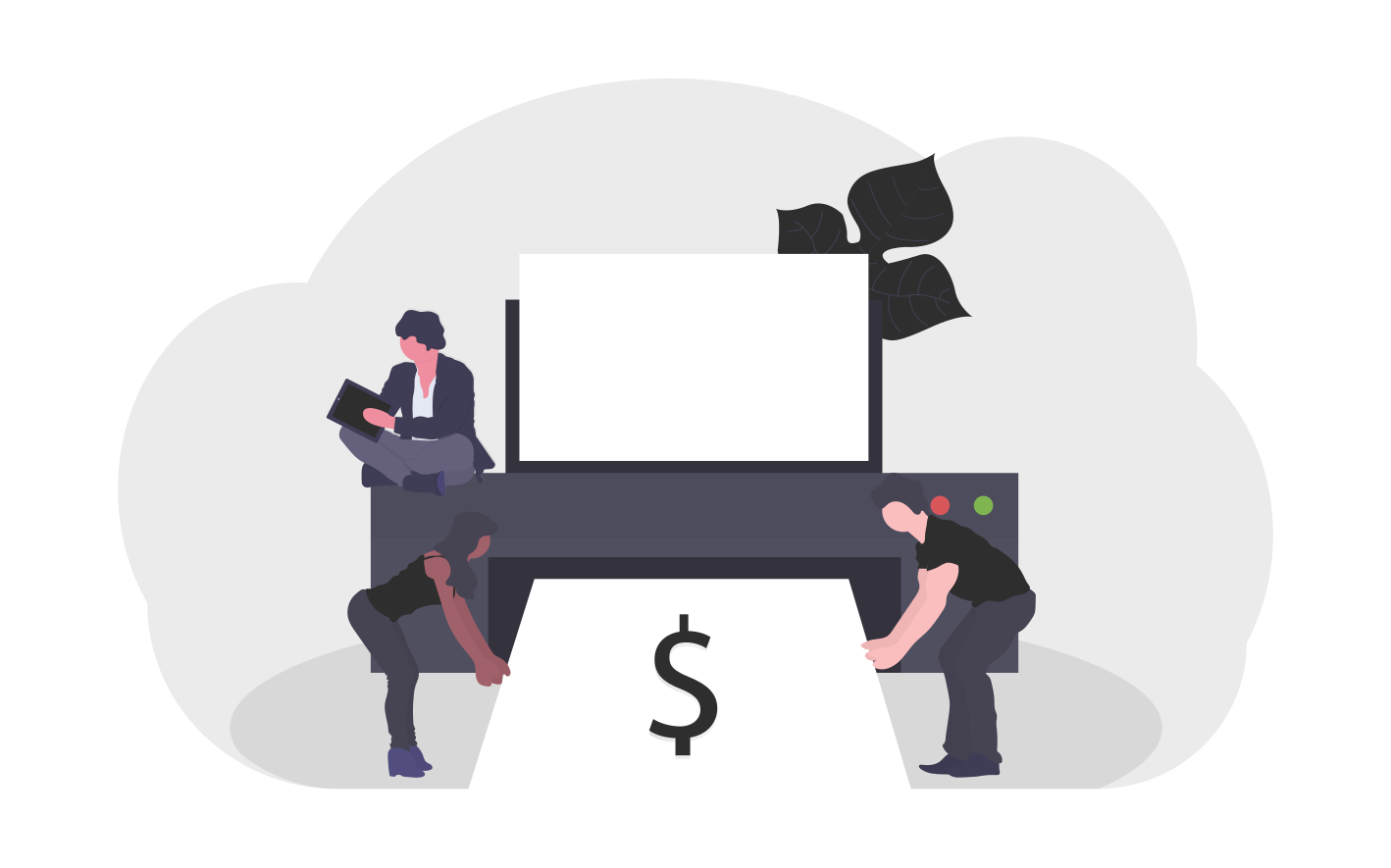14 September 2022

3D printing or ‘additive manufacturing’ is a relatively recent phenomenon, with the earliest version of the technology being patented in the 1970’s. As for 3D printed packaging? Well it’s still being decided upon as a route for businesses to take, however in a recent study 93% of businesses who implemented 3D printing performed better than their competitors. The 3D printing industry is expected to grow at a CAGR of 10% – reaching $6 billion by 2026, which in itself is a great indicator for how this technology will impact the industry.
For anyone who doesn’t know/understand what 3D printing is here’s a quick definition:
When it comes to sustainability, in terms of material use and production waste it could be the most ethical method out there. 3D printing uses sheets of material which can be made from recycled material waste – for example plastic waste could be cleaned, dried, shredded, extruded into a printable filament that can be recycled by a 3D printer for a new product. However, when it comes to energy efficiency, 3D printing could fall short. The process relies on electricity – large amounts of it and far more than is required for other mass-produced products such as injection molding. But as countries move towards re-usable energy solutions this becomes less of an environmental problem and more of an issue regarding gaps in funds that could create large margins between companies that are able to implement this technology and those that aren’t. The machines themselves are continuing to decrease in price, making them relatively affordable for any business to purchase – certainly for basic home-use.
3D printing has the ability to do make-to-measure orders – fitting material consumption and output to how much a company wants. It can also be programmed so that the molds are 100% customized; this includes raised logos, etching, cut-outs…the possibilities are endless. As for prototype creation, you can’t get a cheaper or quicker option than 3D printing – 55% of manufacturers have said that they prefer 3D printing as a more cost-effective method, claiming that it saved them as much as 90% in material consumption. Accelerating early stage production, 3D printing helps companies design several molds so that prototypes can be manufactured quickly and economically.
The materials available for companies to use are incredibly varied and each full of potential depending what the product is that you are producing:
Polylactic Acid
Acrylonitrile Butadiene Styrene
Polyvinyl Alcohol Plastic
Polycarbonate
High Detailed Resins
Paintable Resin
Transparent Resin
Polyamide
Alumide
Stainless Steel
Bronze
Gold
Nickel
Aluminum
Titanium
3D printing is connected to the technological progress that includes the Internet Of Things and Smart Solutions, but it’s still a relatively new and controversial method of product and packaging production. As businesses implement it and manufacturers begin trialing it more widely, there will be a better idea of what it brings and whether it’s a worthy addition to your production line.
Want to know more about 3D printing opportunities and how your packaging could benefit from new technologies? Get in touch with the BPAK team for help with your latest packaging project.